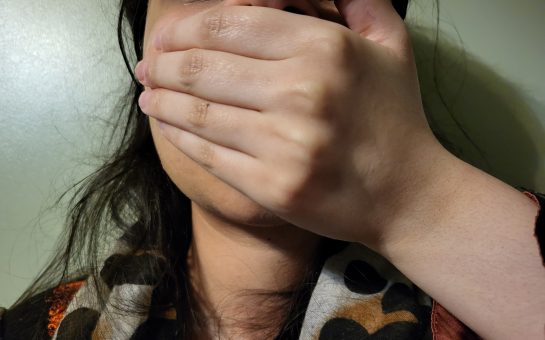A rhino baby boom at Chester Zoo has been credited to the study of the animal’s dung by the University of Manchester.
For a decade, Chester Zoo had recorded no rhino births but since the start of a project looking into the hormone levels of the resident female species, four babies have been born in the last four years.
The project was devised in 2007 by the zoo’s scientific manager Dr Sue Walker and Dr Susanne Shultz from the University of Manchester.
Dr Shultz, from the university’s Faculty of Life Science, said: “Although collecting rhino dung isn’t the most glamorous work, this project is an excellent example of how academics can collaborate with conservation organisations to save endangered species.
“Getting a large number of zoos across Europe to contribute to science has been very exciting.”
In March, baby rhino Dakima was born to mum Malindi and dad Magadi, highlighting the success of the project which looked to discover the best time to introduce female rhinos to a potential partner.
Researchers are now working with zoos throughout Europe in the hope their methods can transform the success of captive breeding programmes for the critically endangered species, with less than 650 rhinos remaining in the wild.
Scientist and PhD student at Liverpool University Katie Edwards has spent every day analysing rhino dung to identify characteristics about the females and gain an insight into their habits.
“Hormones associated with reproduction can be measured in an animal’s urine and faeces,” she said.
“Our keepers regularly bring dung samples from each of our female rhinos over to our lab for testing. We then break it down and extract all sorts of hormonal indicators.”
“It can help tell us identify whether or not an animal is a seasonal breeder, whether it has reached puberty, whether it’s cycling on a regular basis or not and when the optimum time to introduce a male to a female is, as well as diagnose pregnancies and estimate when an animal will give birth.”
Dr Walker said the project was established to try and understand the differences in reproduction between black rhinos in European zoos, with some breeding better than others.
She said: “Before the endocrine project was established, it was sometimes difficult to see behaviourally when a female was receptive to a male, so introductions could be difficult.
“But, based on her hormones, we can now predict when the best time is to introduce her and that gives our keepers that extra piece of information to help them get the timing absolutely right, hopefully increasing the chances of a successful mating.”
Picture courtesy of Haiwan42, with thanks.
For more on this story and many others, follow Mancunian Matters on Twitter and Facebook.



